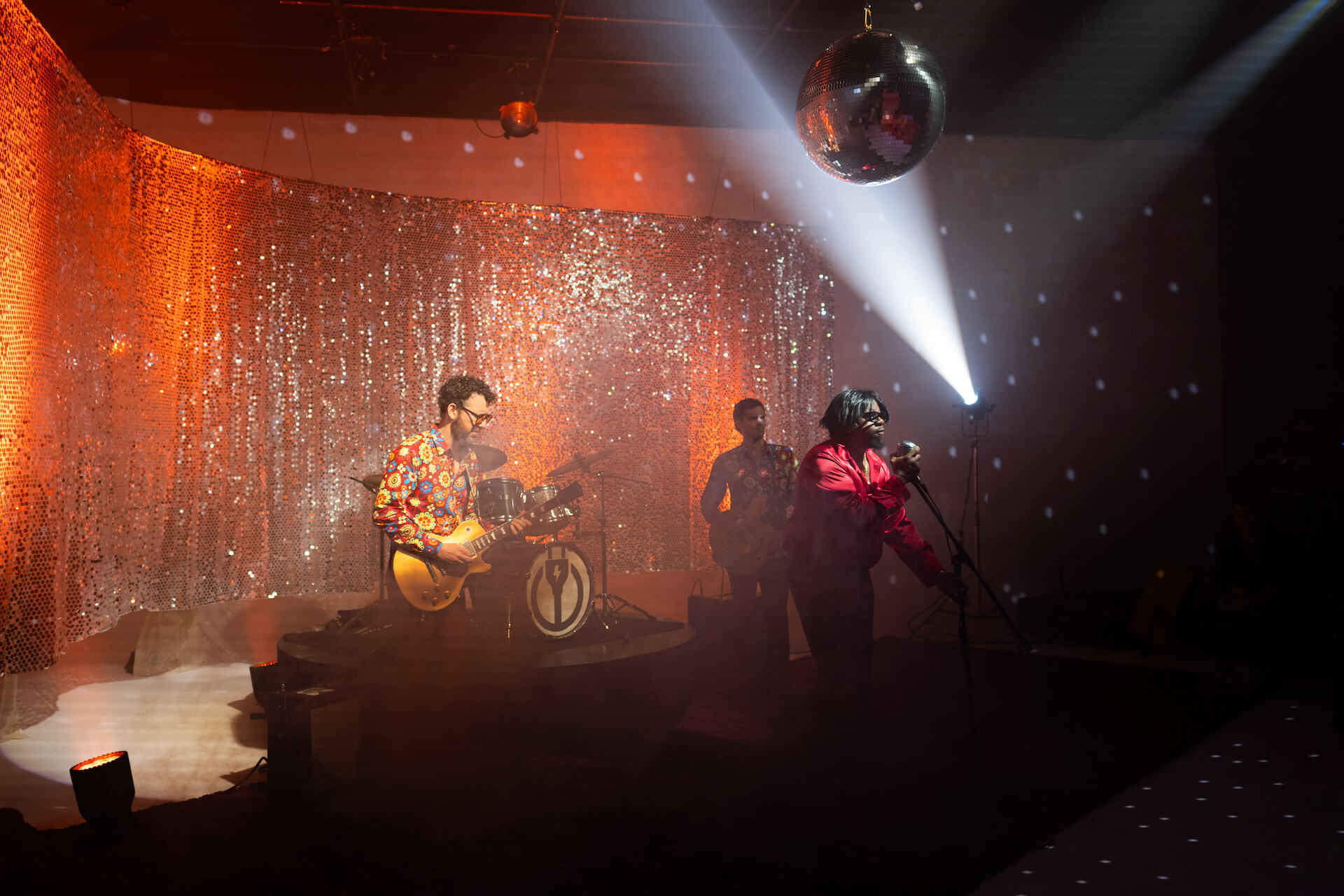New to impact investing? Or just want to improve your game? We’ve got you covered.
Over the next few weeks, ImpactAlpha will offer a sampling of video highlights from the new open-access course, Impact for Decision-Making, from Impact Frontiers and Impact Capital Managers, along with commentary from the creators.
What is impact-financial integration?
Impact-financial integration is a way of making information about impact useful for decision-making in an investment context.
Investors have made great strides in impact management in the last decade or so. Unfortunately, the disciplines of impact management and investment management are not designed to be interoperable. People usually learn one or other; few learn both. And so impact ends up siloed apart from the financial considerations like risk and return that typically drive decision-making – in organizations, in datasets, in annual reports. Impact-financial integration pulls impact out of its silo so that it can take its place at the decision-making table.
Why does it matter?
How often does data about impact end up just sitting on the shelf, not being used? How many of us as impact investors have had the experience of rolling out our impact data once a year for annual reporting, and then forgetting about it until the next year? Crises such as climate change and economic inequality are too urgent for impact not to be directly informing investment decision-making.
Impact data takes real time and cost to get – from investors, from investees, and from the end-stakeholders experiencing the impact. Impact-financial integration enables investors to efficiently and effectively allocate capital to where it is most needed and where it can do the most good.
What’s next?
The Module 1 video above introduces impact-financial integration. The next posts will share videos that introduce concrete tools investors can use, namely multidimensional impact ratings and impact-financial scatterplots, that can help investors integrate impact more systematically into their decision-making.
For now, check out Module 1 and consider whether and how impact is siloed apart from financial risk and return in your own organization, in your own data, even in your ways of thinking about the world – and how you might pull impact out of its silo!
Impact Capital Managers
Impact investors who seek companies demonstrating potential “collinearity” of impact and financial return can benefit enormously from taking impact out of its silo. Financial return tends to be more straightforward – although, even if the language for investment management is more commonly understood, two people on the same investment team can draw different conclusions about whether a particular risk/return profile is a good fit for their fund thesis.
Impact is another ball of wax entirely. It introduces a degree of subjectivity and nuance that can be challenging for the most well-meaning investors. But understanding how financial and impact return are related at the company and portfolio level – and developing that mutual understanding and common language as one team – turns out to be critically important. Without it, you might justify an investment that won’t meet financial and/or impact goals (while misallocating your IMM budget in the process). If you happen to use impact-linked compensation mechanisms, you’ll immediately understand the risks here.
Those are some risks to getting it wrong. What’s the upside to getting it right? ICM members who have test-driven the “Impact for Decision Making” curriculum and informed its development have come away with a firmer understanding of how and when they say no (the all important “rule of thumb”); what their short and long term goals are as a fund and team; and a deeper, more decision-useful understanding of the actual impact their investments are making in the world and how they can tell that story to all their stakeholders.
In subsequent posts in this series, ICM will continue to offer its particular take on the why and how of impact-financial integration, offering the perspective of private capital funds that seek risk-adjusted market-rate returns while also pursuing meaningful impact.
Integration Insights Challenge
The first 50 people to share a link to the online curriculum with one thing they learned on LinkedIn will receive three unreleased impact management memes, like…











